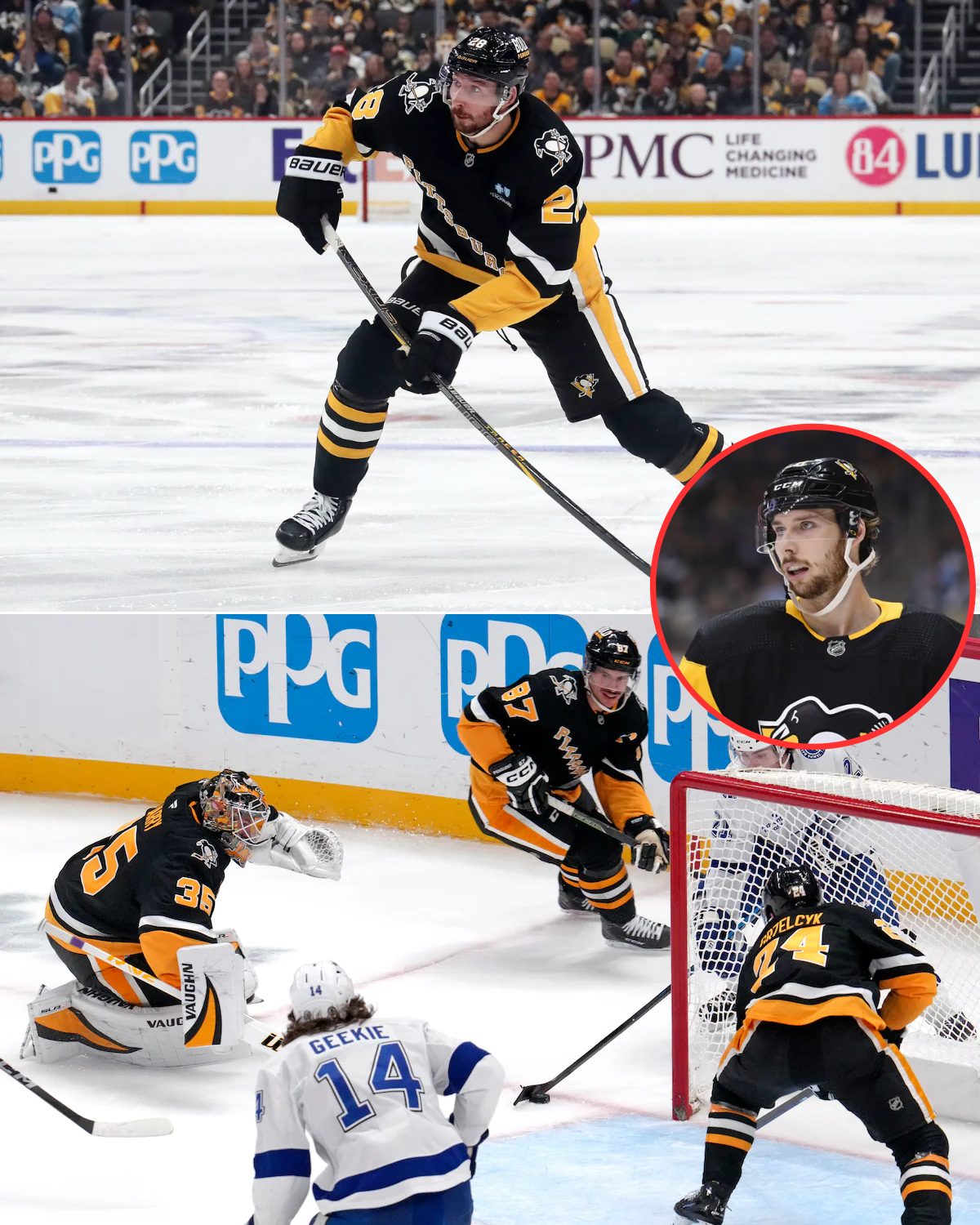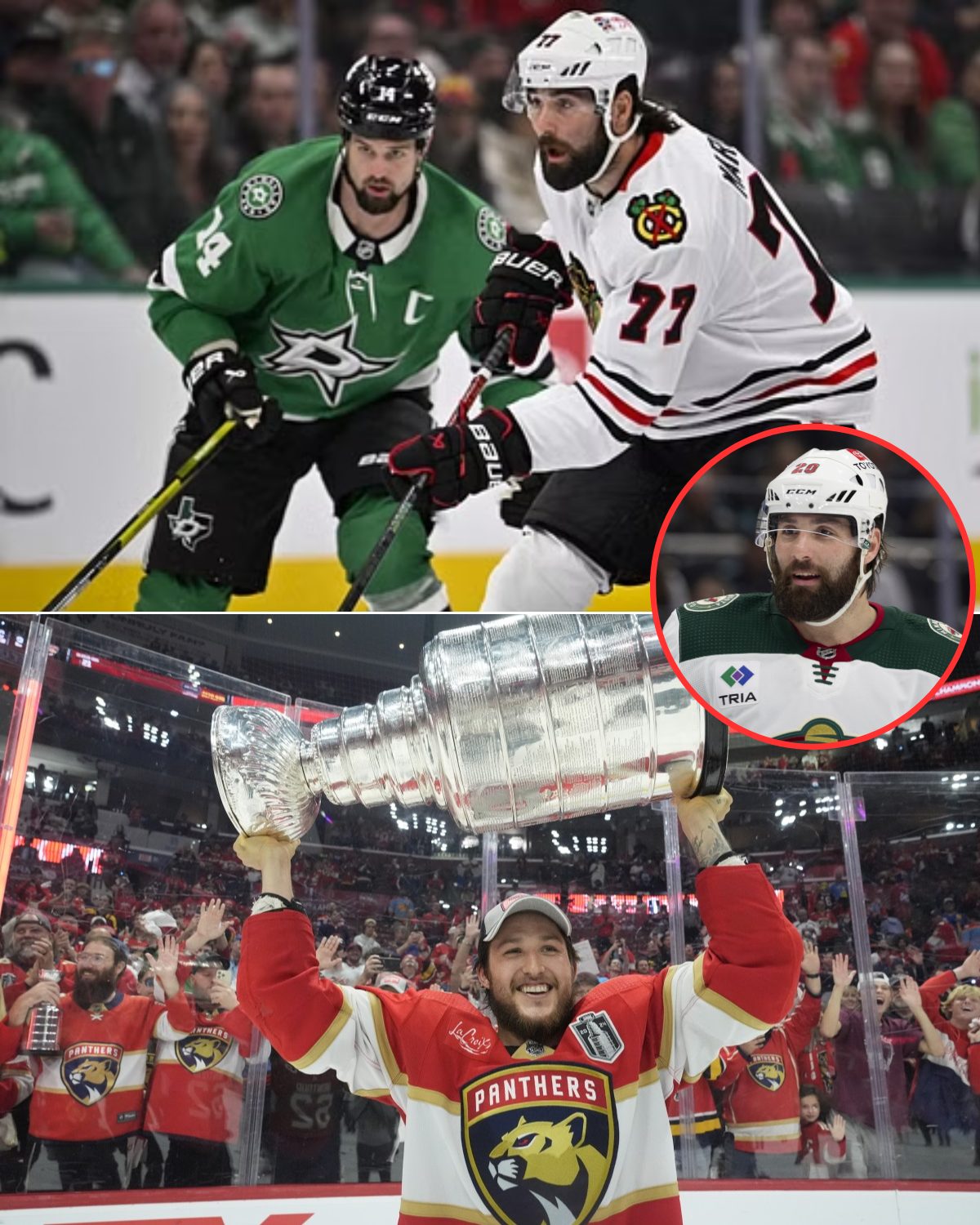The approach to Hale End is unremarkable. It is situated just off one of London’s major peripheral roads, the North Circular, pumping with traffic. There is not a lot exciting to see from the car windows along this stretch, but if you know where to look, the neat row of floodlights and curve of the indoor dome breaks the humdrum sightline — a sudden glimpse into this footballing sanctuary.

Every day, the lucky few turn off, take the side road, and enter the gates of Arsenal’s academy. Well-pruned hedges and trees enclose this special place, home to the club’s youth-development arm.
For the best part of a decade, Bukayo Saka was one of those. Starting off as a small boy, and gradually evolving into a muscular, rapid, clever bundle of potential ready to break into the first team prodigiously early, this was his early Arsenal home, and almost everyone he met along the way was struck somehow. Whatever it is you need, he appeared to have plenty of it.
Andries Jonker, head of the academy for some of that time, appreciates how difficult it is to turn promise into elite, established quality. “Only a few become a top player. Only a few. And all those others disappear.”
Greg Lincoln went through Arsenal’s academy system in his youth. He got as far as the bench in a Champions League game before being released, knocking around the lower reaches of the pro game and into non-League, and finding a new lease of life in coaching. He is currently head coach of England Under-17s.
Lincoln was head of the foundation phase at Arsenal’s academy when Saka was nine years old. “My earliest memory really is seeing him come in,” he says. “They come in at that young age, starry-eyed and everything in front of them, he was just always a fantastic listener, always a fantastic learner. He just looked at you and hung on every word. And that smile was infectious.
“He was part of a fantastic group of players that we had at Arsenal at that time. A fantastic dribbler, a really explosive player, just similar to what you see now. He had a lovely body-swerve and feint as he has now. His ball manipulation s𝓀𝒾𝓁𝓁s were far superior to a lot of his peers. And then that left foot invariably found either the bottom corner or the top corner.”
In personality and playing style, it was all there right from the start.
Jonker adds that Saka’s inbuilt qualities appeared to give him a head start. “Because he was that tall, that strong, that fast, and he could shoot the ball much harder, much faster, with much more power than the other kids.”
Lincoln refers to the term “super strengths” and says that there was a huge emphasis on each player’s best attributes at Hale End. Saka was blessed in that department.
But whenever they were evaluating him, there was a fundamental question in assessing Saka in relation to his contemporaries. “So was this kid that good because of his physical qualities at that age?” Jonker ponders. “That always leads to the question — does it continue to be that way or will other boys grow even bigger? Or is he a really outstanding player? It was difficult to judge.
“Every now and then, you can make him play with older players, make sure that he is also playing and training with players of his own physical quality, of his own length, of his own weight.
“There were three in the academy where I thought, ‘They are going to make it to Arsenal’s first team and they are going to make it to England’s national team’. Three — and Bakayo was not one of them.”
 Saka made his senior debut against Qarabag in 2018, aged 17 (Nigel French/PA Images via Getty Images)
Saka made his senior debut against Qarabag in 2018, aged 17 (Nigel French/PA Images via Getty Images)
Remarkable, really. That is a great indicator of the complexities of judging young players, particularly in a strong group. The lines can be infinitesimally fine. A gut opinion from one coach may differ from another. Development can come in bursts as players grow and absorb new things. Then there is the critical factor of getting a chance and at that big moment, being able to seize it.
Jonker reels off the other names in this particular crop — Emile Smith Rowe, Eddie Nketiah, Joe Willock, Reiss Nelson. “They were all promising players and there were loads of them.”
Certain themes repeat themselves when it comes to Saka — how he had this almost perfect behaviour as an aspiring athlete, as well as all the gifts he had on the pitch. This set a standard he still holds himself to with the eyes of the world on him. Humility, generosity, gratitude, a good heart and a willing mind. For a coach, it’s a dream combination, to work with a young player whose attitude is as well tuned as his aptitude.
Lincoln also credits the family behind the player for supporting everything they put in place to develop Saka. “At the age of nine or 10, when (his dad) Yomi was driving him home back to Ealing in west London after a night’s training at Hale End, he wouldn’t be contradicting what the coaches were trying to do to help him improve.”
Lincoln remembers a few examples of the maturity that seemed remarkable in young Saka. “We took him on one of his first tours as an under-11,” he says. “We went to Valencia in Spain, and played against Real Madrid and Barcelona. He was asked to play as a defender — almost like a central defender — in a seven-a-side tournament. He always embraced every challenge. It wasn’t like, ‘What me? I’m the attacker. I’m the one who gets all the goals!’.
“We had a tournament when he was an under-14 in Florida, the Disney Cup, which was a wonderful experience. He performed exceptionally on the pitch. But also that time off the pitch, you’re away from your family for two weeks. We’re in Florida. There are lots of distractions. We actually had a day out at Disneyland. But his behaviour was always impeccable. He always had those elite behaviours.
“As he developed through the ages and stages, that was married to his hard work and diligence in the gym and the fantastic, long-term athletic development program that was put in place at Arsenal. He was such a good learner. He personified the values of the club.
“At Arsenal, this talk about, ‘Remember who you are, what you are and who you represent’, he really represented those values, whether that was playing with the under-18s or under-16s or playing with the first team. I can’t remember him ever losing his temper. He would always remain so calm and composed.”
Steve Morrow, a homegrown Arsenal youth product in simpler times, who scored the winning goal in the League Cup final in 1993, spent several years as head of youth recruitment and kept a close eye on Saka’s evolution.
“A big part of my job was to know all of the age groups, be present at Hale End and be aware of the best young talents that were coming through. At the under-13 and under-14 levels, I really made sure I knew those best players and knew them well. That’s when I became very aware of Bukayo because under-14 and under-16 are very important years in a player’s development. You can technically be offered a scholarship at the end of your under-14 year. So it’s an important year. Then obviously at under-16, you can get offered a scholarship on a pro contract as well.”
Saka was well on course for both.
“The attribute that stood out most to people in Bukayo from an early age was probably his physical dominance of the game. He played predominantly as a left-back in his early days. I saw his versatility and ability to carry the ball forward as well. So it made me think that he would develop and play in various positions. Into his under-15 and -16 years, we started to see the real technical qualities coming through as well.”
Versatility was a big factor in his progression. As Lincoln recalls, “Bukayo played every position other than goalkeeper. He would play quite a lot on the left wing, from -14s up to the -23s. He would drive at your inside shoulder, there’d be a body swerve, he would then eliminate the opponent with that explosive speed. And then before you know it, the ball’s nestling in either the bottom corner or the roof of the net.” It all sounds very familiar to modern Saka watchers.
“As fantastic as he is in possession and with the ball, even in a team like Arsenal that likes to dominate possession, even if you’ve got 70 per cent possession, you know what you’re doing for the other 30 per cent of the time when you haven’t got it. So we made a conscious effort to play him in different positions. He learned the defensive side of the game, the importance of blocking, tracking, intercepting, the positioning and just even his mentality towards that.”
That word mentality is another constant in the Saka discourse. He studied hard at Hale End and performed extremely well in his school exams, and it was obvious he had no problems grasping ideas and being diligent with information. “You’re trying to develop elite, adaptable, intelligent players. It’s not uncommon now for a coach to possibly play two or three different formations within one game. So you need players that are capable of adapting and adjusting and, and taking on that information and implementing it.”
All the while, Arsenal were developing this talent who looked just as able in forward positions or further back. It was interesting. They were not sure where he might end up, even if they were hopeful he had all the attributes to make a position in the first team his own.
“His outputs were fantastic. He would always score and he would always assist,” recalls Lincoln. One game sticks in the memory, in the under-18s against Tottenham, when Arsenal were going for the league and had a game in hand against their rivals who were one point ahead. By then, Saka was a feature in under-23 games but moved back down for this crucial fixture to help. He started on the bench. Arsenal were losing with 20 minutes to go. “He put on the Superman cape,” Lincoln says. “He comes on, we scored three goals in the last five minutes, and he scored one and set up two.”
Offering Saka professional terms was a no-brainer. Morrow remembers the discussions with the Saka family. “The curve for him and his development and what that would look like in the next two, three, four years was of the utmost importance to them. And it wasn’t necessarily other things that maybe other players or families would be focused a little bit more on. It took time. It took an effort to keep him in the club. But also you could feel the confidence in our plans with him.
“The challenge for him was always going to be to develop the other areas of his game and his technical qualities. He knew he had the physical presence on the pitch. When he came to (London) Colney (the senior team’s training base) as a scholar and started training at a higher level, that’s when everyone saw he did have the other parts of his game and that it became obvious quite quickly.
“Often young players will come up to Colney and train a little bit with the reserves or 21s, and maybe with the first team, and they they’re in and out quite a lot as they develop and learn to cope with the speed and tempo of first-team training. But Bukayo adapted really quickly and when he went up he didn’t really come back again.”
It is not a coincidence that Saka has gone on to recently break the club record for consecutive Premier League appearances. Looking back at the assessments that were made throughout his spell at Hale End, his strength and speed were hallmarks, his end product was frequent, his durability stood out and he was mentally impressive with it.
It was there, from nine years old and all the way through. Lincoln recently went back to revisit some of his player reviews from Saka’s younger years. “If you look back, what you see now is what you saw all along.”
The influence that Saka, assisted by the crew he came through with, has on the cohort of boys turning in and through the Hale End gates is vast. “These guys, they become the cultural architects,” Lincoln adds. “Those values are passed down from generation to generation. The academy at Arsenal has got some fantastic players coming through the system and they look up to them. Bukayo becomes the face of that because he personifies really everything they stand for on and off the pitch.
“I’ll send him WhatsApp messages or texts and words of encouragement and he’s no different. He’s full of humility and he’ll still give you as much time now as he did when he was a nine-year-old.”





